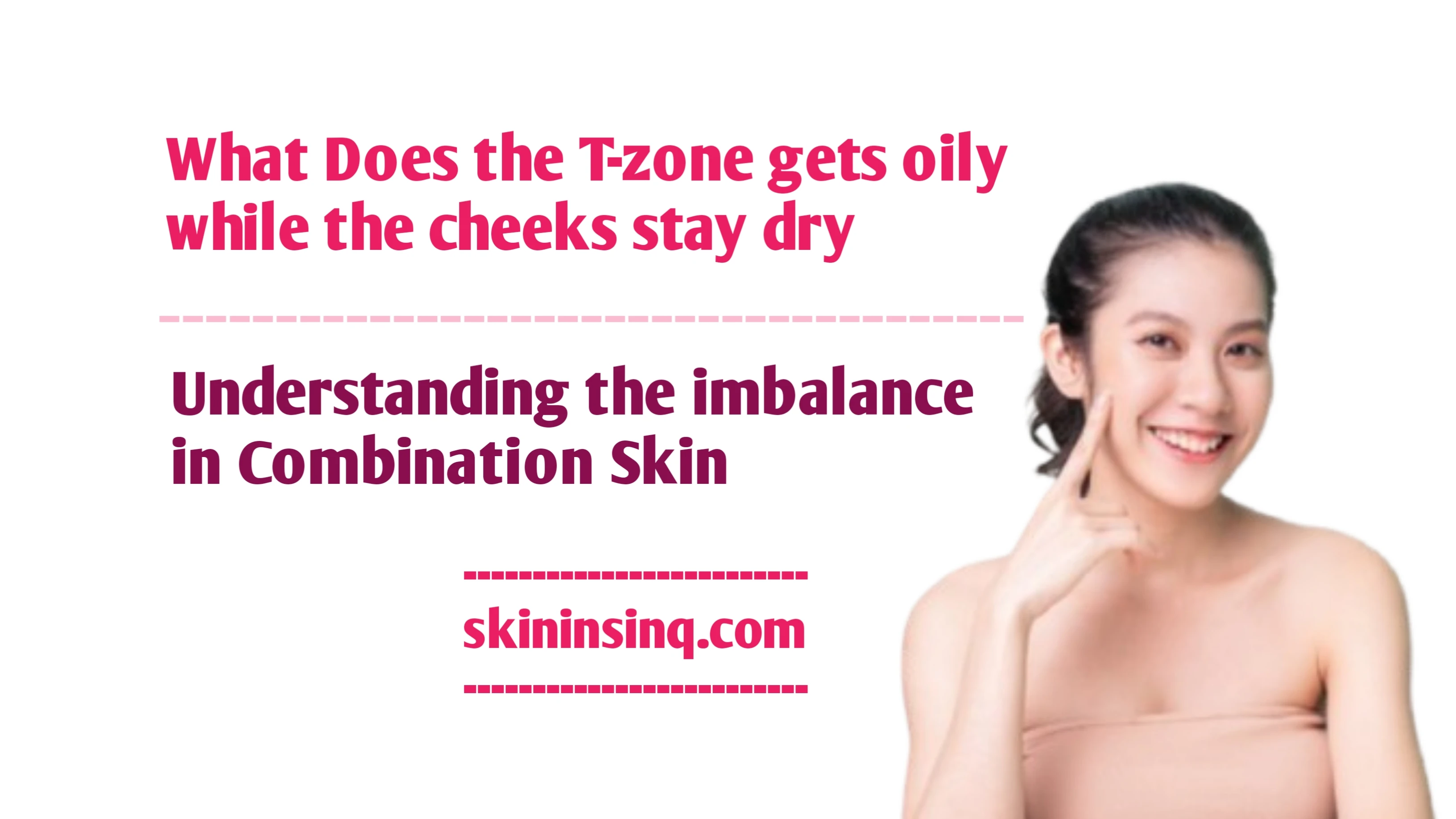Why Does the T-Zone Get Oily While the Cheeks Stay Dry? Understanding the Imbalance in Combination Skin
hy Does the T-Zone Get Oily While the Cheeks Stay Dry? Understanding the Imbalance in Combination Skin
If you’ve ever noticed your forehead, nose, and chin (collectively called the T-zone) becoming shiny and greasy by midday while your cheeks remain dry or flaky, you’re not alone. This is a hallmark of combination skin, and it’s more common than many people realize. But why does this imbalance occur — and what causes certain areas of the face to behave so differently?
The T-Zone: A Hotspot for Oil
The T-zone contains more sebaceous (oil-producing) glands than other areas of the face. These glands are responsible for producing sebum, the natural oil that keeps skin moisturized and protected. However, in the T-zone, these glands tend to be larger and more active, which can lead to an overproduction of oil. Factors such as genetics, hormonal fluctuations (especially during puberty or stress), and environmental conditions can make the T-zone even more oily.
As a result, this part of the face often appears shiny, has enlarged pores, and is more prone to clogged pores, blackheads, and breakouts.
Dry Cheeks: Less Oil, More Sensitivity
In contrast, the cheeks have fewer sebaceous glands, which means they naturally produce less oil. For some people, this is just enough to maintain a balanced moisture barrier. For others, especially those with combination or sensitive skin, the cheeks may feel dry, tight, or even become flaky—particularly after cleansing or in colder weather.
Dry cheeks can also be exacerbated by:
-
Harsh skincare products that strip the skin of moisture
-
Over-cleansing or over-exfoliating
-
Weather conditions, such as wind, cold, or low humidity
-
Aging, which slows down oil production across the entire face
Why This Imbalance Happens
The imbalance is rooted in both genetics and external factors. Your skin type is largely inherited, meaning you may naturally have an oily T-zone and drier cheeks due to how your oil glands are distributed. On top of that, your skincare routine, diet, stress levels, and environment can all affect sebum production and skin hydration.
For example, using a product designed for oily skin all over your face may help control T-zone shine but dry out the cheeks further. On the flip side, using rich creams for dry areas can clog pores in oilier zones.
Managing Combination Skin
To care for skin with this kind of imbalance:
-
Use a gentle, pH-balanced cleanser that cleans without over-drying.
-
Apply lightweight, oil-free moisturizers all over the face and layer a richer cream only on drier areas like the cheeks if needed.
-
Use targeted treatments, such as a clay mask on the T-zone and hydrating serums on the cheeks.
-
Avoid alcohol-based toners or harsh exfoliants that can disrupt your skin barrier.
Conclusion
The reason the T-zone gets oily while the cheeks stay dry lies in the natural distribution and activity of oil glands across the face. While it can be tricky to manage, understanding this imbalance is the first step to creating a skincare routine that meets the needs of both zones—keeping shine under control and dryness at bay.

Related Blog
What Causes Oily Skin and Can It Be Managed Naturally? Exploring Root Causes and Gentle Solutions
Aug 2, 2025 by Admin
General
What Are the Signs That You Have Sensitive Skin? Key Symptoms to Help You Identify This Delicate Skin Type
Aug 1, 2025 by Admin
General